Over the past few centuries, land suitable for food production has decreased due to standardized land use and industrial farming practices. Instead of creating soil rich in nutrients and sequestering carbon, these practices reduce soil fertility. One possible way to reverse the negative effects of industrial agriculture is a system of agricultural principles known as regenerative agriculture. For example, regenerative agriculture is a farming concept to restore soil and keep it productive, avoiding expansion into new areas at the expense of deforestation.
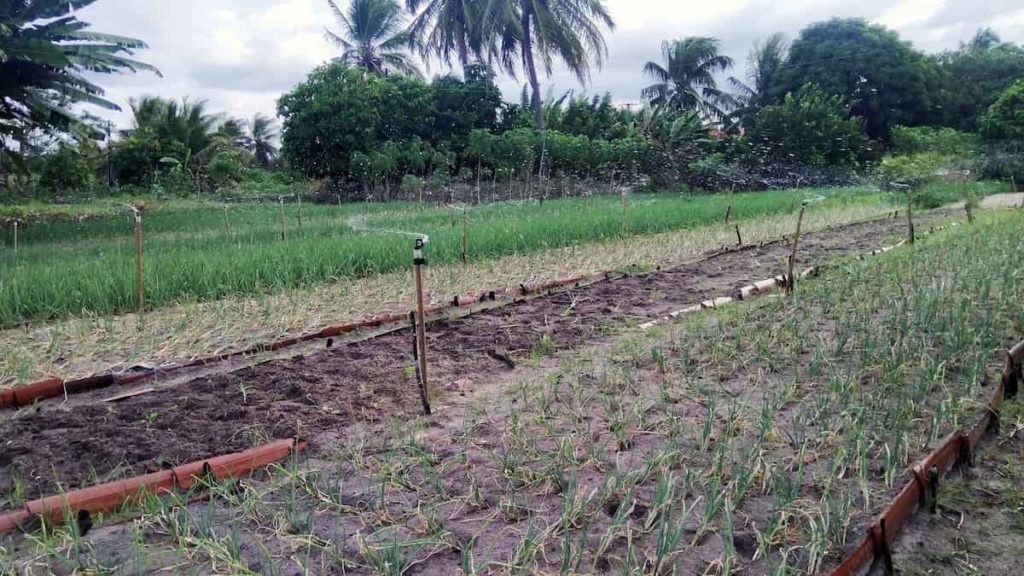
A guide to regenerative agriculture
What is regenerative agriculture?
It is a set of agricultural practices whose primary goal is to enhance soil quality naturally—in other words, restoring the fertility of diseased or depleted soil. These practices are based mostly on worldwide natural and ancient farming traditions and modern research and innovations in sustainable agriculture. Regenerative agriculture is particularly useful in arid areas where the soil has been subjected to excessive conventional agriculture. It plays an important role in the fight against global warming as it helps to retain and sequester CO2.
Soil fertility is important for growing crops to meet human needs and provide livestock fodder—the more fertile the pastures, the greater the animal feed. In addition to maintaining the fertility of existing cultivated areas, regenerative agriculture practices incorporate abandoned areas out of an agricultural activity or no longer in use. In particular, it includes deforestation, restoration of peatlands, strengthening buffer zones, ecological aquaculture, etc.
It is a system of farming and grazing practices that can prevent climate change by sequestering carbon from the environment and creating healthy, biologically diverse, and mineral-rich soils. Global soil contains about 2 to 3 times more carbon than the atmosphere. It is estimated that at least 50% of the carbon in Earth’s soil has been released into the atmosphere over the past few centuries, partly due to destructive agricultural practices.
Regenerative farming vs. Conventional farming
In today’s traditional farming style, crop and livestock production is usually kept separate. Regenerative agriculture integrates them into a circular ecosystem. Conventional agriculture is a broad term with multiple definitions, but a crop can be classified as conventional if synthetic chemicals are used to maintain the plants. Conventional agriculture requires significant chemical and energy inputs to produce the highest possible crop yields. “This method generally alters the natural environment, degrades soil quality, and destroys biodiversity.”
It was developed to make farming more efficient, but this efficiency is achieved at a great cost to the environment. The objective of traditional agriculture is to maximize the potential yield of crops. It is achieved through synthetic chemicals, genetically modified organisms, and other industrial products. Maintaining a traditional system compromises biodiversity, soil fertility, and ecosystem health. The production of these crops is beneficial for nothing but food security and the economy. Once established, a traditional farm requires constant maintenance but produces maximum yields.
Regenerative agriculture is an approach to agriculture that focuses on improving soil health and revitalizing it. This movement is gaining momentum at a time when it is most needed. Poor soil monitoring has led to an alarming reduction in arable topsoil available for food production. Because traditional farming practices have stripped so much carbon from the soil, it now exists as a potential carbon sink that is likely to absorb additional carbon from climate change. The best way to implement this strategy is through sustainable agriculture practices like carbon farming.
In case you missed it: California Vegetable Planting Calendar (CA): Month Wise Chart, Zone 5, Zone 6, Zone 7, Zone 8, Zone 9, Zone 10, and Seasons
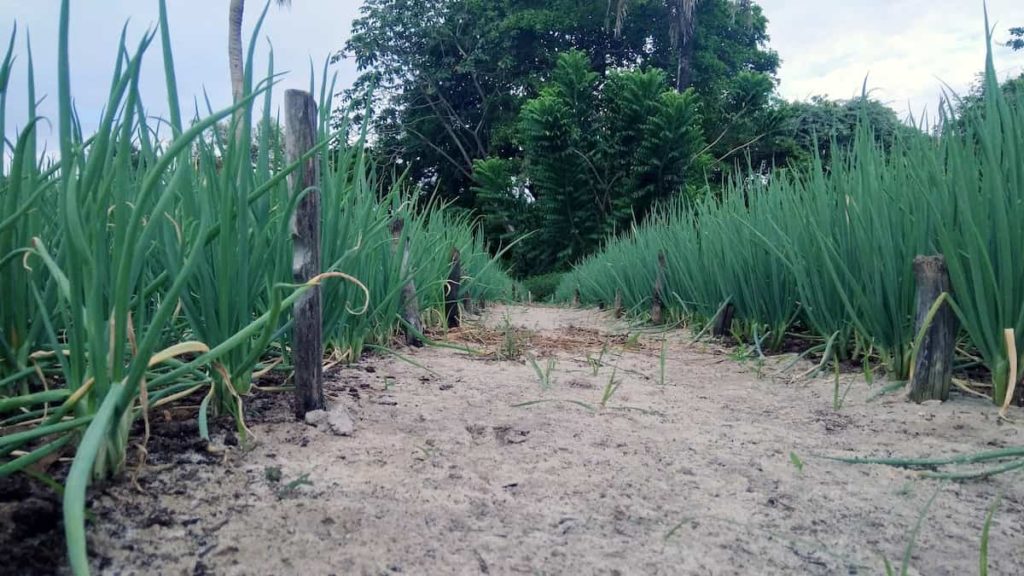
Benefits of regenerative agriculture
Regenerative farming also benefits water quality and quantity. Fewer chemical and pesticide inputs on regenerated fields and farms mean less chemical pollution affecting groundwater and surface water and, in turn, harmful algal blooms and drinking water contamination. Better soil health improves water efficiency through improved soil water-holding capacity and groundwater recharge, as well as greater resilience to store more water in the field and cope with floods and droughts.
The benefits of regenerative agriculture are essentially endless, as it reduces waste, conserves CO2 emissions, and, as mentioned earlier, increases soil fertility. According to Regenerative International, a particularly effective regenerative agriculture practice is no-tillage or no-tillage. Instead of plowing or using heavy machinery, leaving the soil alone allows it to produce more organic matter and sequester more CO2 than it would with human disturbance.
Focusing on naturally increasing soil fertility, using cover crops, crop rotation, compost, and animal manures also organically revitalizes the soil and provides nutrients without harmful or artificial fertilizers. Also, if the farm works with any livestock, manage their grazing practices, ensure they receive nutritious forage and fertilize them for soil fertility. Using organic matter naturally increases carbon stocks and drastically reduces waste.
Regenerative agriculture practices
Working on arable land: Respecting the original soil structure, adapting no-till techniques to protect micro-organisms and other insects, and using soil cover to prevent erosion.
Reduce the use of artificial fertilizers: Use humus (dark organic matter) and local materials and fertilizers to improve soil fertility and regulate atmospheric moisture. Synthetic fertilizers are unsuitable for regenerative systems because they create an imbalance of microbes in the soil, inhibiting the natural process by which plants absorb nutrients.
It results in agroecosystems with weak vegetation that becomes dependent on artificial fertilizers. In addition, artificial fertilizers worsen the climate crisis due to the adverse effects of chemicals entering water sources and the atmosphere. Generally, a regenerative farming system aims to maintain a natural relationship between plants and soil organisms.
Biodiversity: Use a variety of polycultures suited to the soil and local climate and manage their rotation and fallow responsibly.
Treatments: Regenerative agriculture uses as little as possible organic phytosanitary inputs that are exclusively natural and biodegradable. It also introduces complementary species to the ecosystem for greater ecological balance and better protection against pests.
In case you missed it: How to Start Eggplant/Brinjal Farming in Malaysia: Check How this Guide Helps to Grow Eggplant
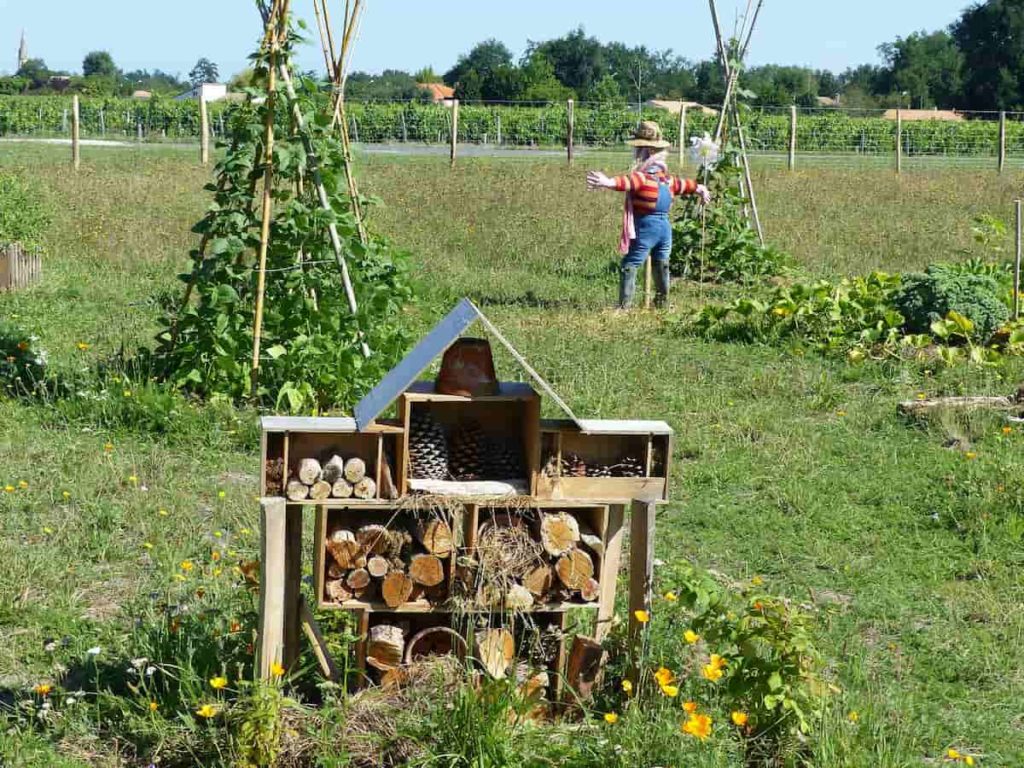
Erosion control: It uses hedgerows, filter dikes, and micro-dams to conserve rainwater and groundwater.
No-Till and pasture cropping: No-till farming minimizes soil disturbance, which reduces soil erosion and carbon dioxide emissions. In this case, sowing is done with special drillers or disc planters. Pasture cropping is integral to regenerative agriculture techniques when cereals are used as hay for grazing. Additionally, it helps agronomists avoid bare soil and tackle erosion.
Annual organic cropping: Organic annual crops advocate the use of non-chemical fertilizers and pesticides to reduce negative impacts on nature and humans. This regenerative agriculture method is more expensive, less profitable, and labor-intensive than intensive industrial methods. However, agriculture-related businesses will reap substantial benefits from the implementation of regenerative agriculture in the long-term perspective with a healthy population and environment.
Permaculture design: Permaculture is a design science, philosophy, and a whole way of life. It’s about whole systems thinking, observing and using or imitating natural ecosystems, and other principles. A landscape design considers the environment rather than what is best for agriculture. As a result, permaculture systems are more efficient and productive than conventional farms but have better water cycles and ecosystems and are more sustainable.
Increase plant diversity: Diversity helps build healthy soil to better trap water and nutrients, can provide other sources of income for the farm, and can benefit pollinators and wildlife. Regenerative farms can vary crop rotations, plant several cover crops together, grow diverse forages in pastures, and maintain permanent vegetation (safe cover) in some farm areas.
Managed grazing: As some regenerative agriculture theories claim, animals help speed up forage growth through carefully selected grazing. In managed grazing, the forage field is divided. Division can be made using a portable fence. Animals can then be moved between divisions at intervals depending on the number of animals, growth rate of forage, and division size. Animals are then moved periodically between divisions to allow recovery and regrowth of divisions before animal rotation.
It will reduce soil erosion, improve water access, and reduce runoff while at the same time providing quality livestock nutrition. It will provide all the benefits of the continued plant and root growth for soil health and sequester carbon to build organic matter in the soil. Managed rotational grazing is an important regenerative agriculture practice that will improve soil health, nutrient and carbon cycling, pasture crop quality, animal health, and water retention while reducing soil erosion and runoff.
Silvopasture: As some regenerative agriculture theories claim, livestock grazing and tree growth create opportunities for rapid nutrient cycling. Silvopasture integrates livestock grazing and trees growing on the same land. It establishes grazing within a managed tree products operation. Silvopasture produces additional benefits beyond traditionally managed grazing. This practice generates additional revenue and cost reductions for tree operations. Native perennial forage crops are planted between trees.
Animals obtain nutrients from forage crops and accelerate the soil’s cycling of nutrients and carbon. This practice can provide shade in extreme heat and protect the animals from the wind and elements. A tree operation benefits from nutrients from compost, improved soil health, and additional cash flow from an integrated livestock operation. This synergistic agriculture practice improves soil health, provides animal and plant nutrition, and provides an additional revenue stream for tree operations.
Prioritizing perennial plants: Perennial plant means that the plant and its roots stay in the ground yearly instead of being pulled up after one season. Perennial crops, ground cover, and landscape elements uniquely function for soil. Soil is a living entity, and the roots that inhabit the soil yearly engage in more complex, symbiotic relationships with the organisms around them.
Beneficial fungi attach to roots and provide means of communication and nutrient exchange for each other, bacteria form nodules and provide services in the form of enzymatic reactions (i.e., converting nitrogen in the air to nitrogen in the soil), and increase the positive effects of soil feeding.
In case you missed it: How to Start Gardening at Home for Beginners: A Full Planting Guide for Flowers, Fruits, Herbs, and Vegetables
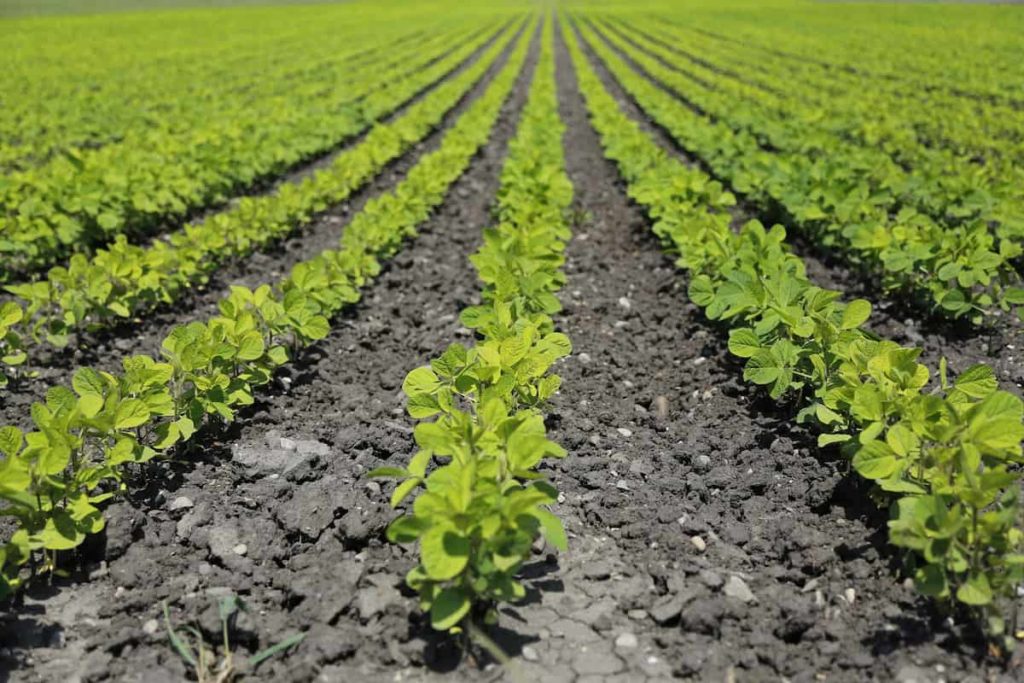
Reducing/removing synthetic inputs: Regenerative agriculture needs not to be a zero-input system but a system with a net positive benefit to soil productivity. Pesticides are indiscriminate and kill only the insect they target and similar organisms, removing important components of the soil food web. Soils depend on synthetic fertilizer inputs and reduce their ability to cycle nutrients without these inputs. Gradually reducing artificial inputs like pesticides and fertilizers allows the natural ecosystem in the soil to flourish.
Crop rotation: Many people refer to crop rotation in regenerative agriculture, which means that instead of growing the same crop yearly (which becomes a breeding ground for pests and diseases), you rotate the soil. Crops are rotated to keep them healthy. Crop rotation can be effective, but there are other ways to keep the soil healthy and grow the same crop repeatedly. The method a grower chooses to start with depends on the actual condition of their soil. Soil testing can help growers to know with more certainty. For most regions, the soil is not healthy, so crop rotation is an easy way to proceed.
Build soil health: Soil should be alive and full of microbes. About 90 percent of soil work is done by microbes that:
- Bind the soil together, allowing it to hold more water and oxygen, resulting in less runoff.
- Soluble minerals in the soil slowly feed plants, helping them grow.
- In other words, soil cannot function without microbes.
- Healthy, living soil is also an important component of the carbon cycle, which is an important part of any healthy ecosystem. When soil is degraded, the carbon cycle is disrupted. Dead soil cannot hold carbon, so it is released into the atmosphere as CO2, contributing to global warming.
Cover cropping: Cover cropping is an effective method of soil nutrition. Cover crops play an important role in covering the soil and are well fed by plant exudates if a grower’s goal is to keep live roots in the ground for a live plant. It is important because the soil is a living organism with many organisms living in the soil, from microscopic to macroscopic. They all need a source of food, and they need protection. A cover crop moves up the food chain, creating a large gap without cover soil.
Minimize soil disturbance: The soil is the most important aspect of farming and agriculture. Soil contains various minerals, nutrients, and organic matter, which play a very important role in any cultivation. Beneath the top layer of soil or topsoil, as it is known, these organic substances are responsible for the growth of any crop. But when the topsoil is depleted due to continuous tillage by modern mechanized machines, this organic matter is killed and not given enough time to regenerate.
It uses chemical fertilizers to grow crops because the soil cannot grow much on its own due to the lack of said organisms. Therefore, the first and foremost principle of regenerative farming and agriculture is inevitably related to soil management and conservation. No-tillage or minimal tillage is a practice where the soil is not plowed and instead left to regenerate itself.
Rather than using chemical fertilizers to improve soil fertility, engaging in regenerative farming practices such as using organic mulches to naturally fertilize the soil or growing cover crops (crops that help in soil regeneration). It leads us to our next principle, which is growing more than one crop at a time.
How does regenerative agriculture work?
The key to regenerative farming is that it not only “does not harm” the land but improves it, using technologies that regenerate and revitalize the soil and environment. Regenerative agriculture leads to healthier soils, producing high-quality, nutritious food while simultaneously improving rather than degrading land and ultimately to productive farms and healthy communities and economies.
Leads to It is a dynamic and comprehensive one, incorporating permaculture and organic farming practices, including conservation tillage and cover crops, to increase food production, farmer incomes, and especially topsoil, including crop rotation, fertilizers, mobile animal shelters, and pasture crops.
Regenerative agriculture consists of different practices linked under one umbrella system of agriculture. Several regenerative farming practices promote regeneration, and to better understand how regenerative agriculture works, it is important first to be familiar with the principles. Economic benefits from regenerative agriculture to farmers and surrounding economies are likely to increase food security through reduced prices and access to diverse and increased caloric intake. A more stable food supply promotes prosperity.
In case you missed it: How to Start Sweet Potato Farming in Asia: A Guide of Cultivation for Beginners
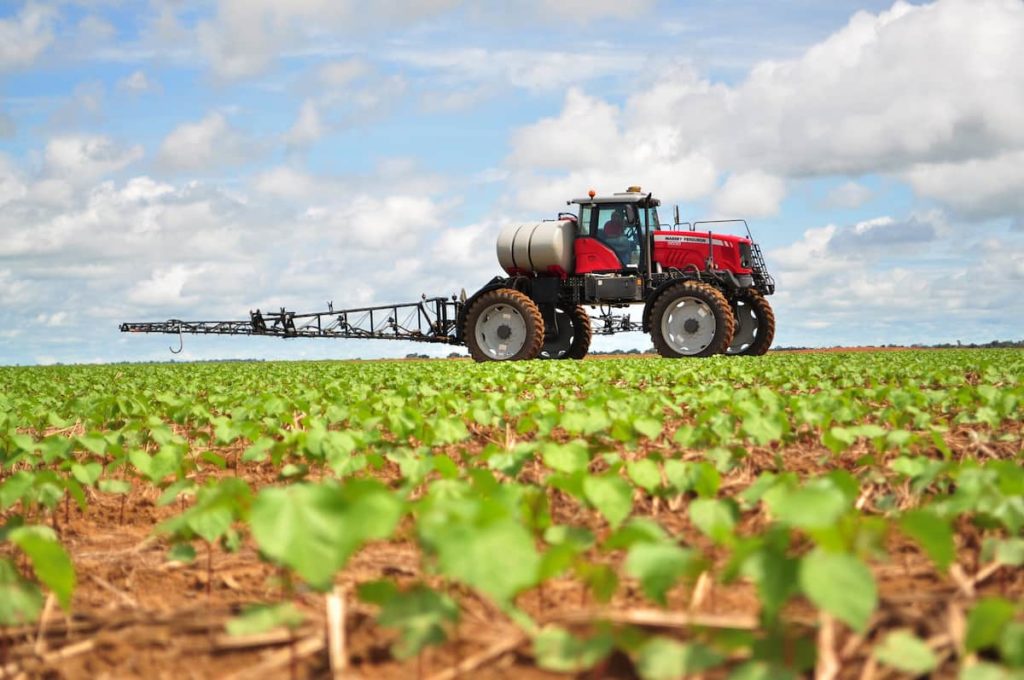
Climate impacts of regenerative agriculture
Agriculture plays an important role in climate change. Food systems are also increasingly impacted by rising temperatures and increased extreme weather events such as droughts and floods. Many of the same conservation practices that reduce water pollution by building healthy soils and maintaining permanent vegetation, such as forest buffers and rotational grazing, also reduce agricultural greenhouse gas emissions.
Please do this by reducing the use of farming equipment and actively sequestering carbon from the atmosphere, potentially pulling more carbon dioxide out of the atmosphere than they emit. In addition to carbon dioxide, farms can reduce nitrous oxide emissions, produced primarily by microbial processes in the soil and greatly influenced by how much nitrogen fertilizer and manure are applied to farmers’ land.
By using best practices to manage the amount and timing of manure and fertilizer applications or by converting fields from grain crops to pasture, farmers can directly reduce the amount of nitrogen applied to fields. They can increase the amount of nitrogen used by plants. Practices that build healthy soils also make the land more resilient to the effects of extreme weather associated with climate change, such as floods and droughts. Healthy soils dry out more slowly during droughts and can absorb water more easily during heavy rains, reducing flooding.
Farms with healthy soils can often reduce their vulnerability to pests, diseases, and other climate-related threats. In addition, forested streamside buffers on farms not only filter pollutants and remove carbon from the atmosphere but also have a cooling effect on nearby soils and streams, increasing temperatures and aquatic species such as trout -an important role as a threat to, which requires cold water.
As floods, droughts, and other extreme weather patterns become more frequent, farmers and ranchers are preparing their land to be more resilient. Healthy soils with high organic matter can absorb more water during floods—benefiting farmers and downstream communities—and even help maintain water security during droughts. Ranchers can also help prevent wildfires by grazing livestock to control brush. Reducing GHG emissions through carbon sequestration and regenerative land management techniques will help combat climate change.
Adopting regenerative agricultural practices is one of the least expensive and immediate measures to help reduce greenhouse gas emissions on a meaningful scale. Their widespread adoption can serve as an important bridge until new climate-friendly energy and transportation technologies are developed. However, while an increasing number of farmers and ranchers are taking steps to rebuild their soils and adopt soil health management systems, key barriers hinder more widespread adoption.
Main motives of regenerative agriculture
- Eliminate greenhouse emissions – Greenhouse gases are one of the major drivers of global warming, and industrial food production today releases about 26 percent of these emissions. Regenerative agriculture solves this problem.
- Boost yields – Regenerative agriculture strongly encourages organic farming. Organic farms are less susceptible to extremes of weather, producing more crops in adverse weather conditions than conventional agricultural enterprises.
- Tackle droughts – Organic matter accumulates soil moisture and improves water retention and infiltration. Its construction is one of the main regenerative agriculture techniques.
- Support local economies – Local farming contributes to developing local economies and supports regenerative agriculture.
In case you missed it: Oklahoma Vegetable Planting Calendar (OK): Month Wise for Fall, Spring, Summer, Winter, Zone 6, Zone 7, and Zone 8
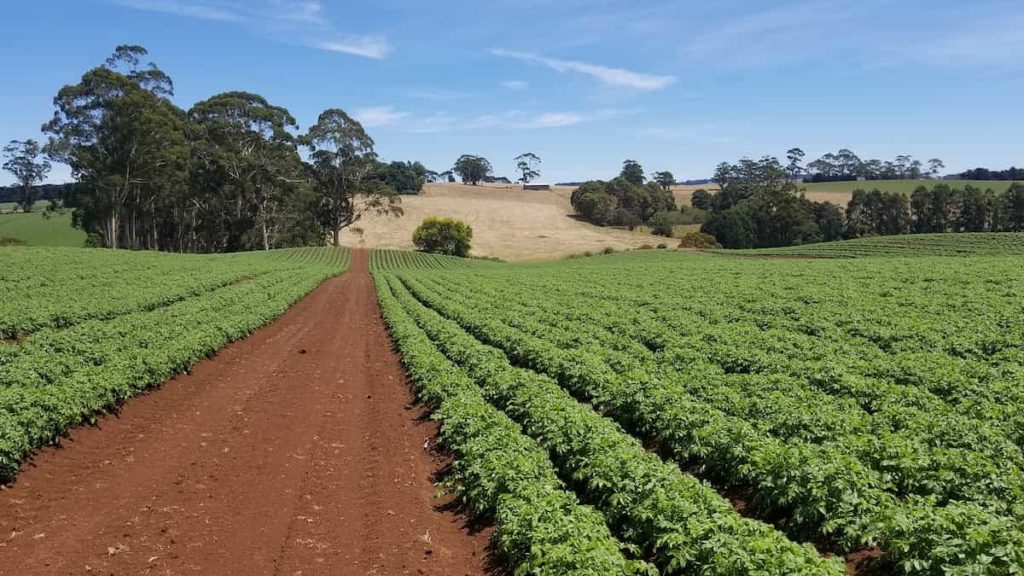
Tips for starting a small farm using regenerative methods
- Elimination of mechanical, chemical, and physical field treatments. This regenerative agricultural principle resonates with pre-industrial techniques.
- Use cover crops throughout the year to avoid bare soils and thus reduce erosion. Additionally, this regenerative farming method provides fodder and grazing material for poultry and livestock.
- Increasing biodiversity (for example, with crop rotation, agroforestry, and silvopasture techniques).
- Inclusion of livestock in crop production.
- Protection of living roots of perennial crops.
Conclusion
It is a set of farming practices that help sequester carbon, improve soil quality, reduce erosion and runoff, and generally offer a more sustainable way of growing food. Regenerative agriculture allows farmers to play an active role in reducing the risk to their livelihoods. It is also one of the most effective ways to reverse climate change and encourage food security by rebuilding organic carbon, restoring soil, increasing biodiversity, and reducing atmospheric carbon.
- Profitable Village Farming Business Ideas in 2024
- High-Yield Aquaculture: Fast-Growing Fish for Farming
- Effective Fish Pond Construction Techniques for Beginners
- Irrigation and Water Management in Pineapple Farming
- Blossom to Harvest: Mastering Flowering and Pollination in Papaya Farming
- Pig Fattening Essentials: From Selection to Sale for Beginners
- Raising Wagyu Cattle: A Complete Guide for Premium Beef Production
- Soil Types and Their Water Holding Capacity
- Optimizing Irrigation Schedules for Coconut Groves for Enhanced Yield
- Espresso Your Garden: Coffee Grounds for Healthier Acid-Loving Plants
- The Best Soil Mix for Snake Plants: How to Mix Your Own Snake Plant Soil
- Green Thumb Success: Expert Tips for Cultivating Greenhouse Beans All Year Round
- Bloom All Year Round: The Ultimate Guide to Indoor Hyacinth Care
- Eco-Friendly Gardening: How to Make Liquid Fertilizer from Kitchen Waste
- Ultimate Guide to Grow Anise in Pots: Explore Seed Propagation to Harvesting
- Guide to Raising Chester White Pigs: Discover Breed Facts to Growth Management
- Mastering the Elegance: The Ultimate Guide to Weeping Cherry Tree Care, Planting, and Maintenance
- Ultimate Guide to Planting Garlic in Grow Bags: Growing Strategies for Beginners
- How to Fix Spider Plant Leaf-Related Problems: Natural and Organic Remedies
- 10 Reasons Why Your Tulsi Plant is Shedding Leaves: Home Remedies and Solutions
- Optimizing Growth and Yield: The Advantages of Palm Bunch Ash Fertilizer
- Utilizing Neem Oil Extract as a Natural Pesticide for Hydrangea
- From Soil to Harvest: Various Ways in Which Farmers Can Use AI Tools
- Steps to Encourage and Induce Citrus Flowers: A Comprehensive Guide
- How to Fix Snake Plant Leaf-Related Issues: Natural and Organic Remedies
- Transform Your Garden into a Fragrant Oasis with Raat Ki Rani (Night Blooming Jasmine)
- Discover the Ideal Chicken Breeds for Philippine Farms
- How to Create a Poultry Egg Farm Business Plan for Profits
- Grow Lemon Cucumbers Like a Pro: Insider Techniques for Bountiful Yields
- Ultimate Guide to Caring for Your Pink Princess Philodendron: Tips for Thriving Variegation
- Areca Nut Profit Per Acre: Calculating Yield and Cost of Cultivation
- How Kaveri Chicken is Becoming a More Profitable Breed in Indian Backyards
- Transform Your Barn: 9 Steps to Convert a Horse Stall into a Chicken Coop
- Exploring Suffolk Sheep Disadvantages with Limitations and Challenges
- Guide to Solving Potted Lemon Tree Problems: How to Revive Lemon Tree in Containers
- Steps to Encourage Female Pumpkin Flowers: Best Strategies for More Flowers and High Yields
